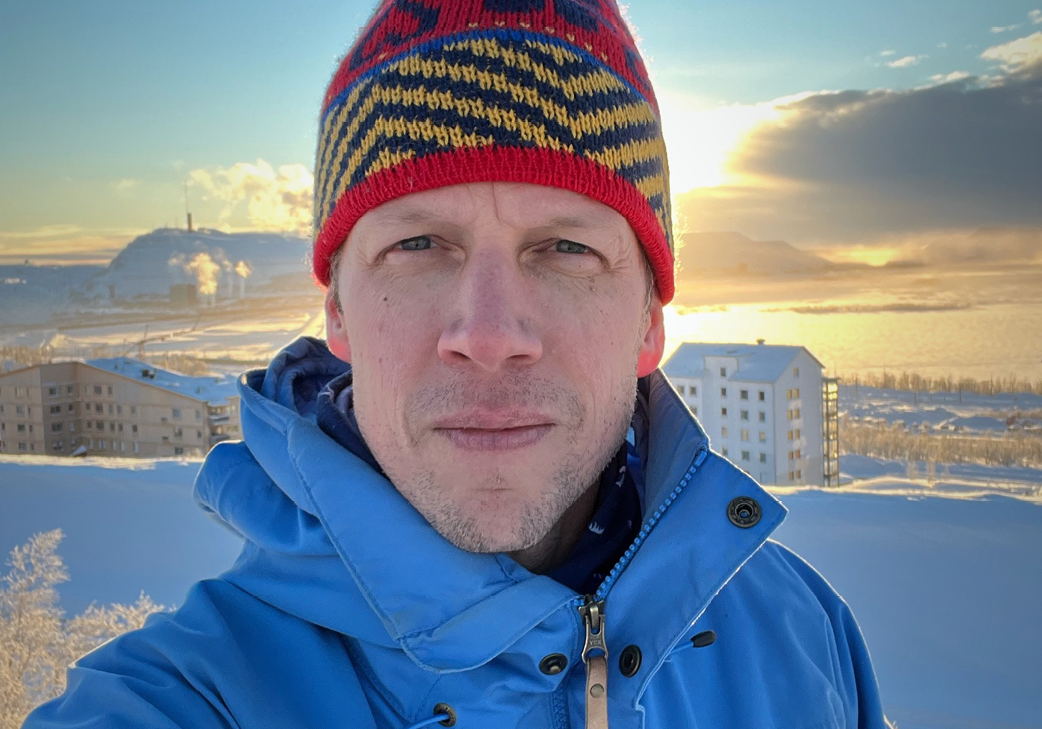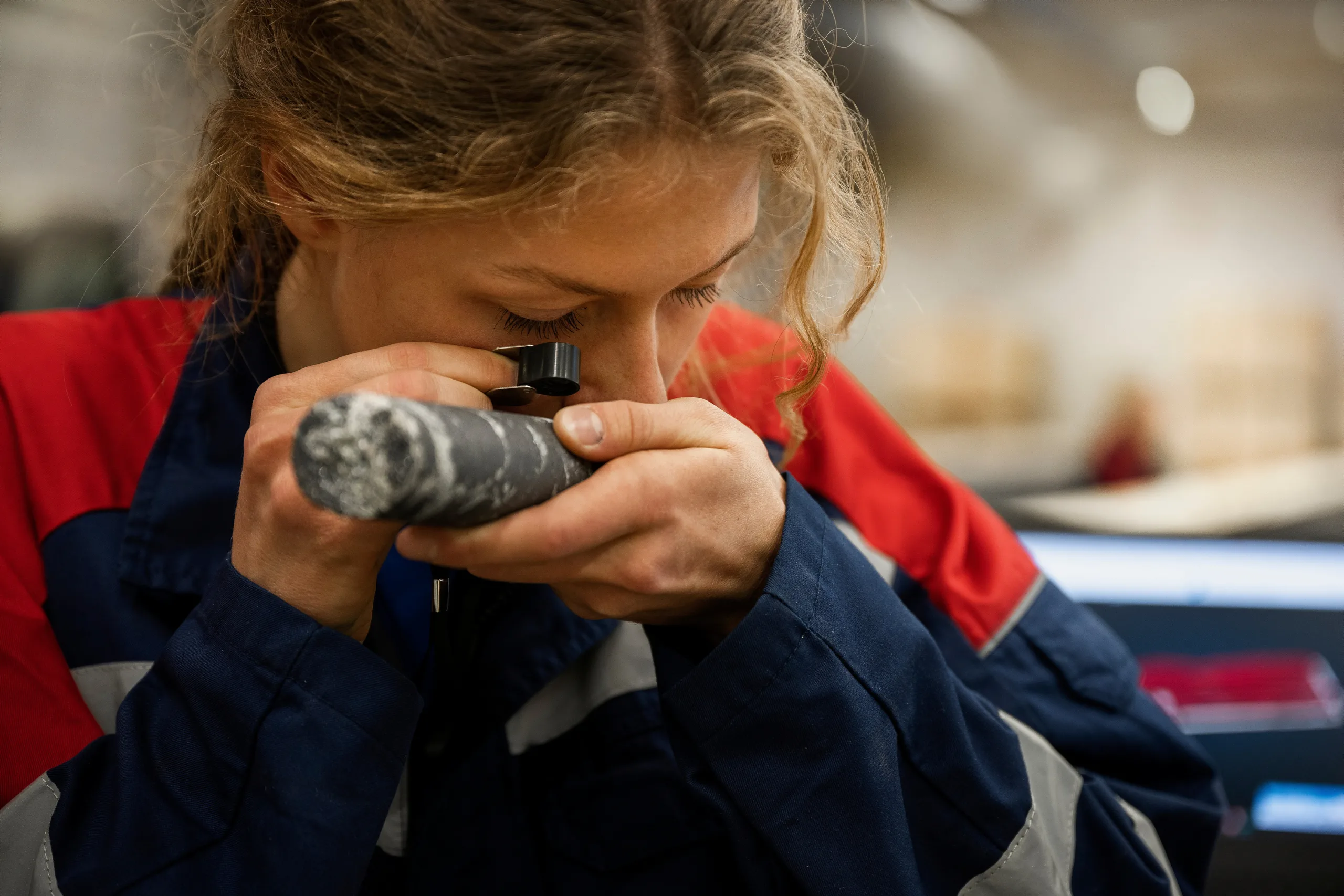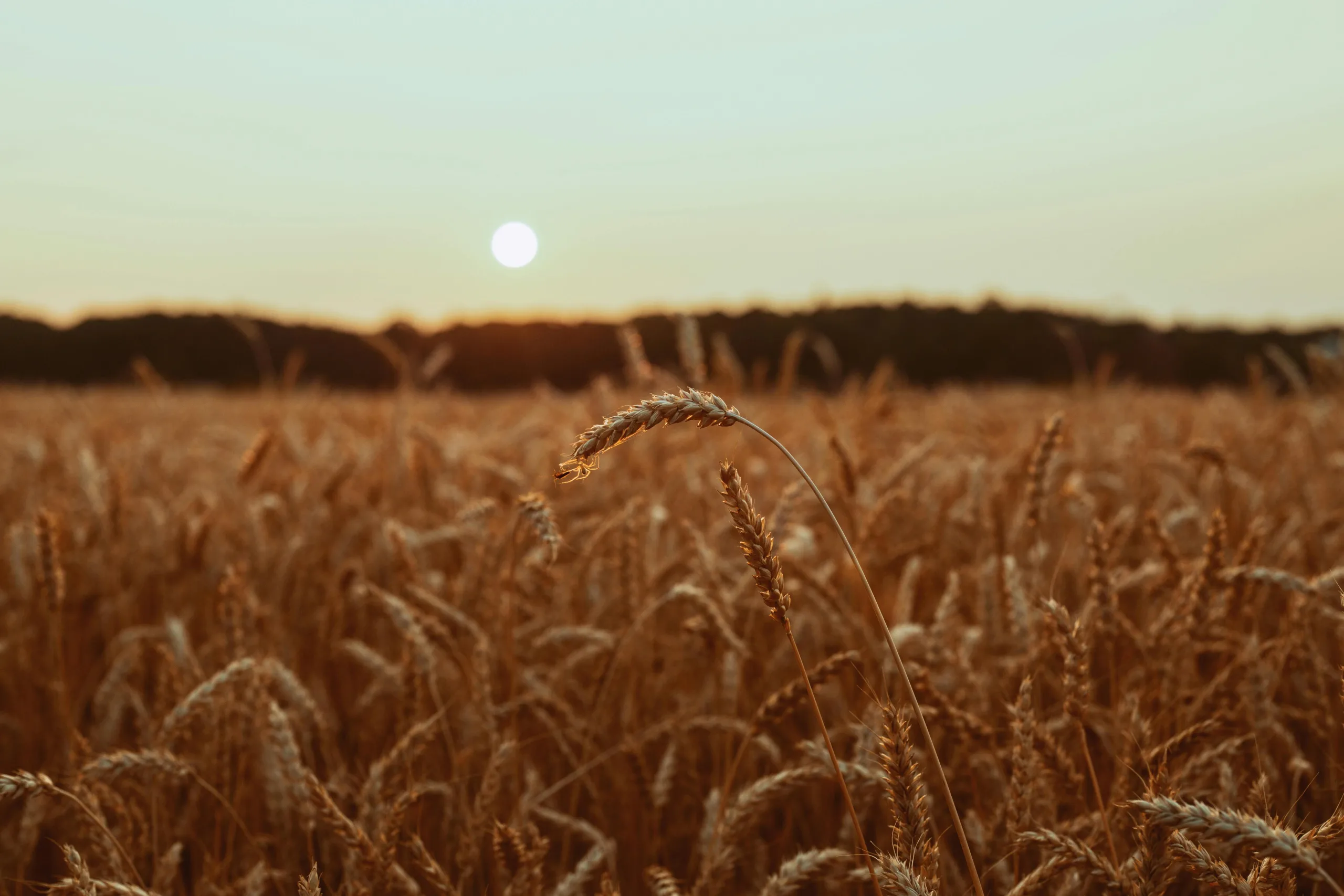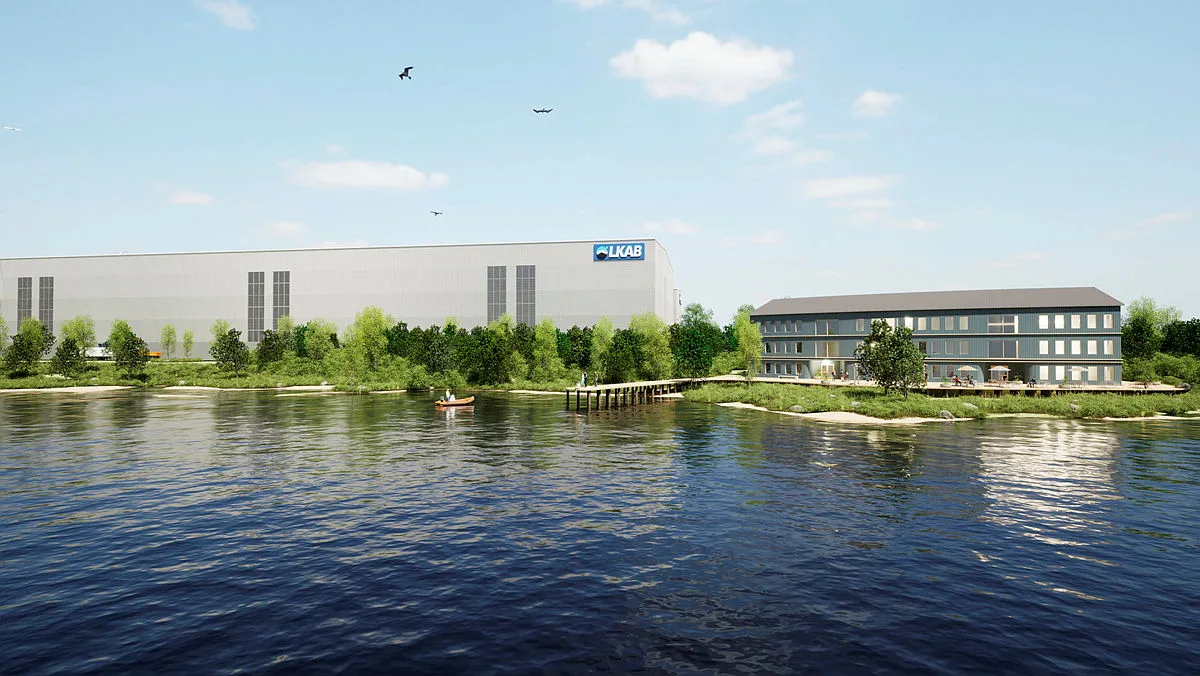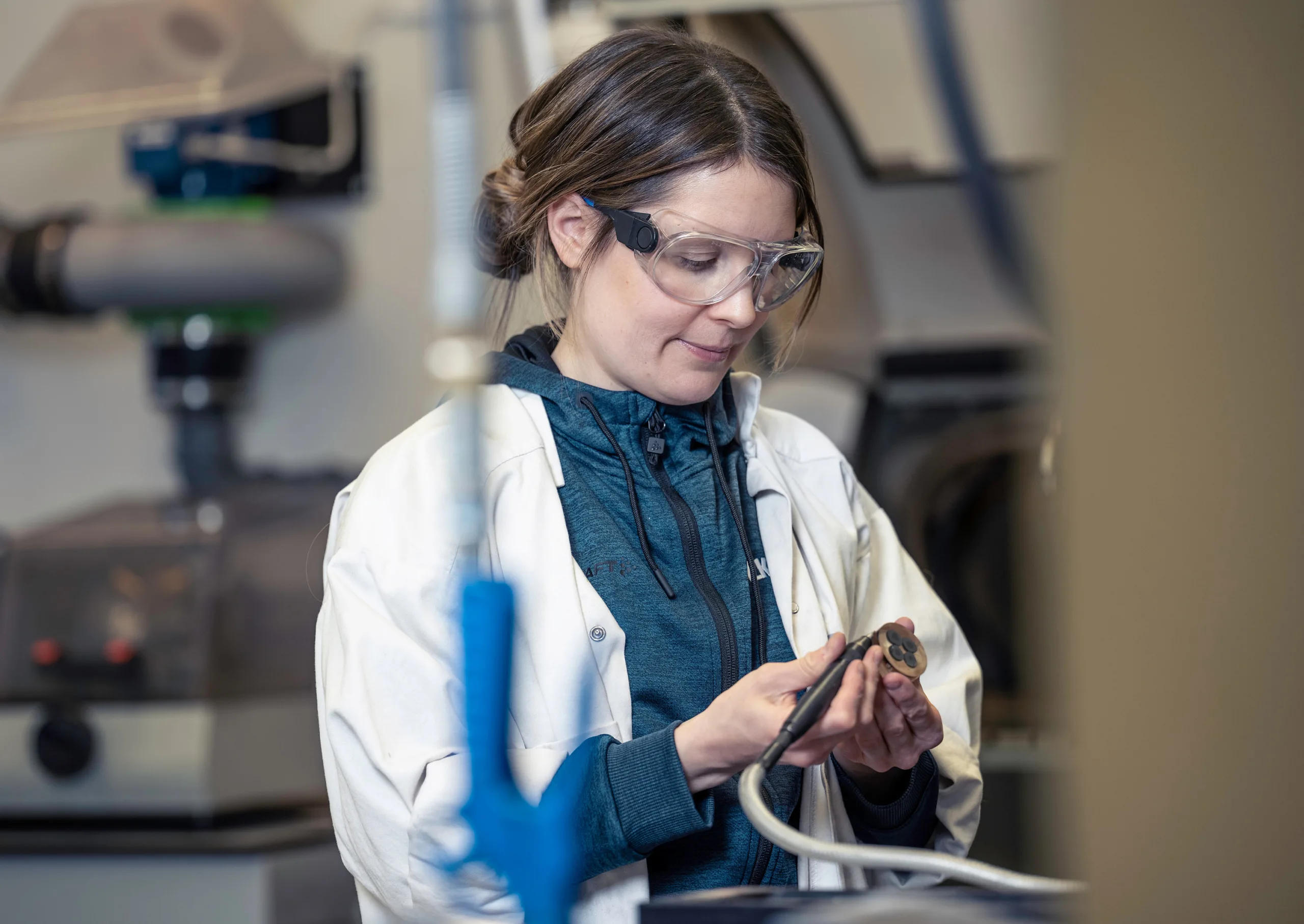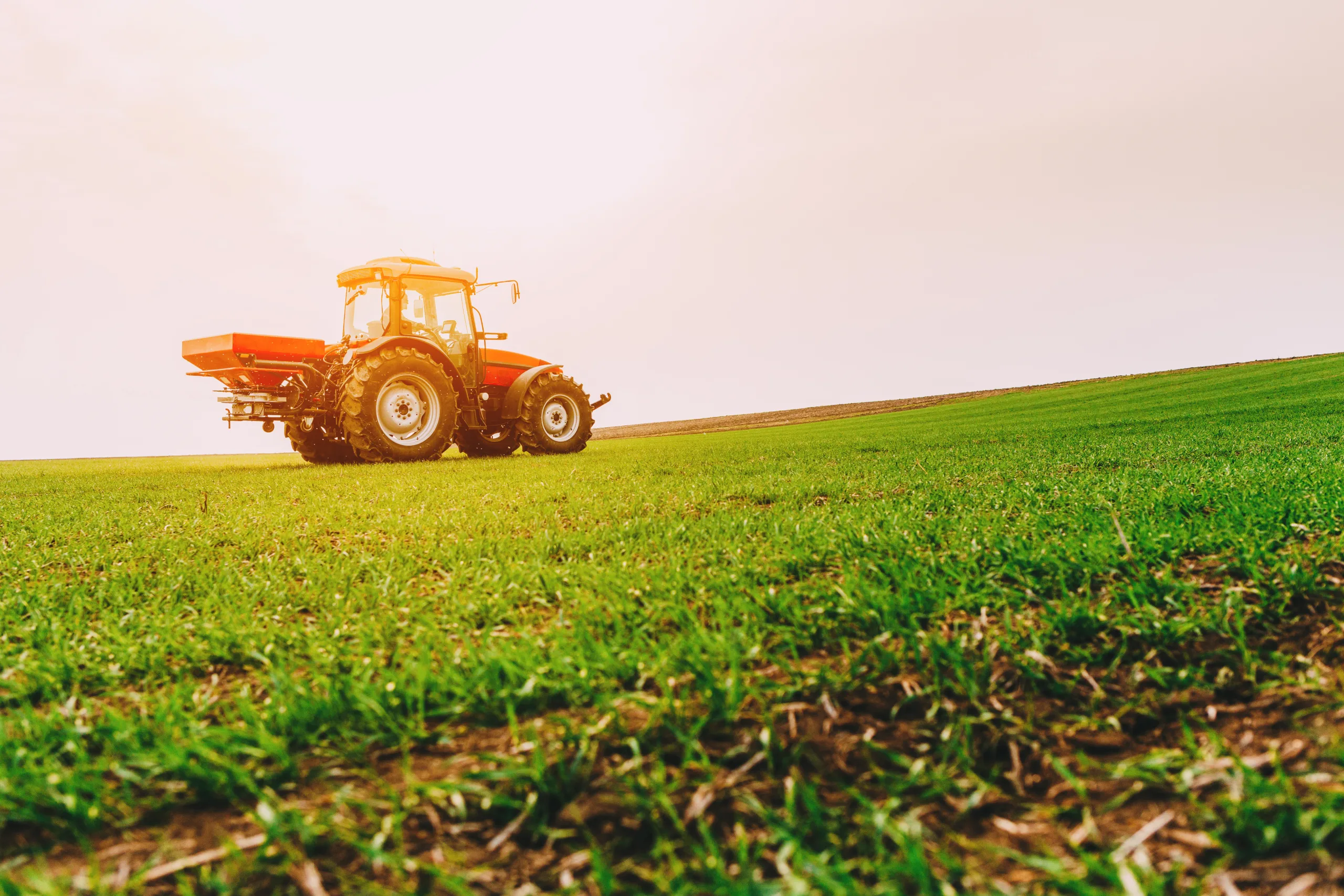
LKAB can increase Europe’s self-sufficiency of critical minerals
LKAB’s extensive exploration work in recent years has yielded results, resulting in increased mineral resources for iron ore, phosphorus and rare earth elements. This means LKAB can help both Sweden and Europe to become more self-sufficient.
We have found more mineral resources at all our mine sites – Kiruna, Svappavaara and Malmberget in Gällivare. And there is more ore at greater depths. Not only that, but the Per Geijer deposit north of Kiruna is significant and contains more than just iron ore. In 2023 we reported volumes and concentrations of rare earth elements for the first time. As you might know, these elements are needed for our mobile phones, electric cars and wind turbines. For the green transformation of the industry and society. And, as a bonus, they are present together with the iron ore.
We are developing the technology to extract these elements. The concentrations are not extremely high, but the volumes are large and since we are already mining the ore to access the iron, we can take the opportunity to establish additional steps during processing. The rare earth elements are found in a mineral called apatite – which also contains another substance, phosphorus, in even higher concentrations. Historically, the high phosphorus content was a disadvantage as it made the iron brittle in older production processes. Once the Thomas process was invented in the 1870s, however, iron ore that was rich of phosphorus also became valuable – which was one of the reasons why the deposits in the Swedish ore fields became profitable to extract.
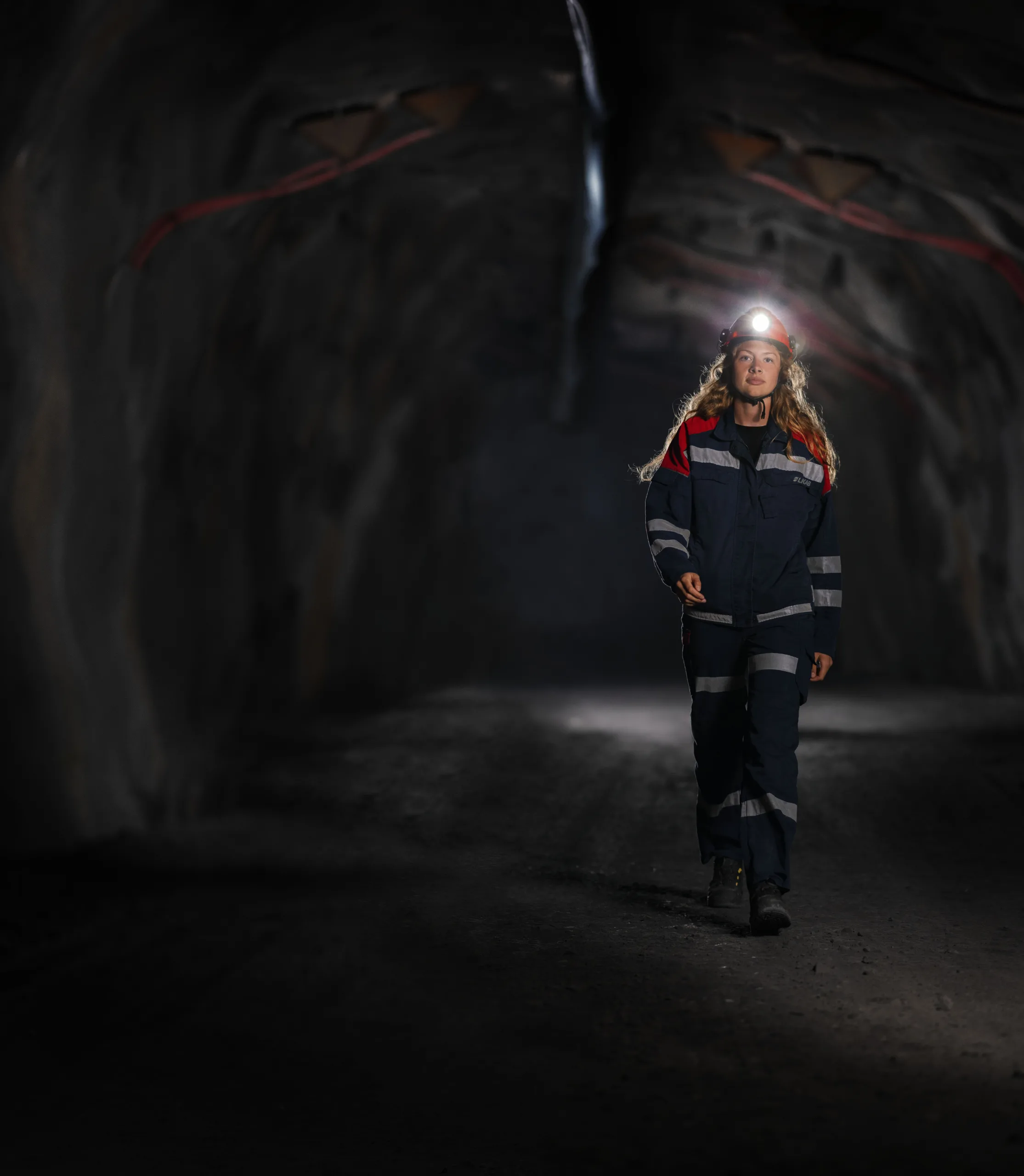
Nitrogen, potassium and phosphorus are the most important nutrients in modern mineral fertilisers. LKAB’s extraction of phosphorus would reduce our dependence on Russia for our food supply. And not just in Sweden: we could produce five times the Swedish demand for phosphorus used in mineral fertilisers from our ongoing production alone, without extracting from previously deposited material. We would therefore also be able to export significant amounts – to other European countries, for example.
The deposit in Kiruna, named after the geologist Per Geijer, contains up to seven times more phosphorus than the orebodies we are currently mining. Once we start mining it, we could replace all the former Russian exports of phosphorus to the EU.
There is also a health aspect to reducing import dependence. The European Commission wants to reduce the amount of cadmium in food. A major source of cadmium in food is the phosphorus used in fertilisers. LKAB’s deposits contain cadmium-free phosphorus.
And what about rare earth elements and our dependence on imports there? Here we are at the mercy of China, which dominates the entire value chain. There is currently no production within the EU. The undersupply is significant, and new mines and processing capacity are needed in Europe to meet the needs of the green technology shift.
We are now working hard to put these plans into action. We will extract apatite concentrate at our mines, which will then be transported to an industrial park in Luleå where the phosphorus and rare earth elements will be processed further. We can continue mining iron ore for many years to come. We have resources and reserves amounting to over four billion tonnes of iron ore, if we make a comparison, since we were founded in 1980, we have extracted two billion tonnes.
A significant portion of our profits goes to the Swedish state, to build a stronger society. And now, our deposits has the potential to contribute to increased self-sufficiency in critical raw materials.

